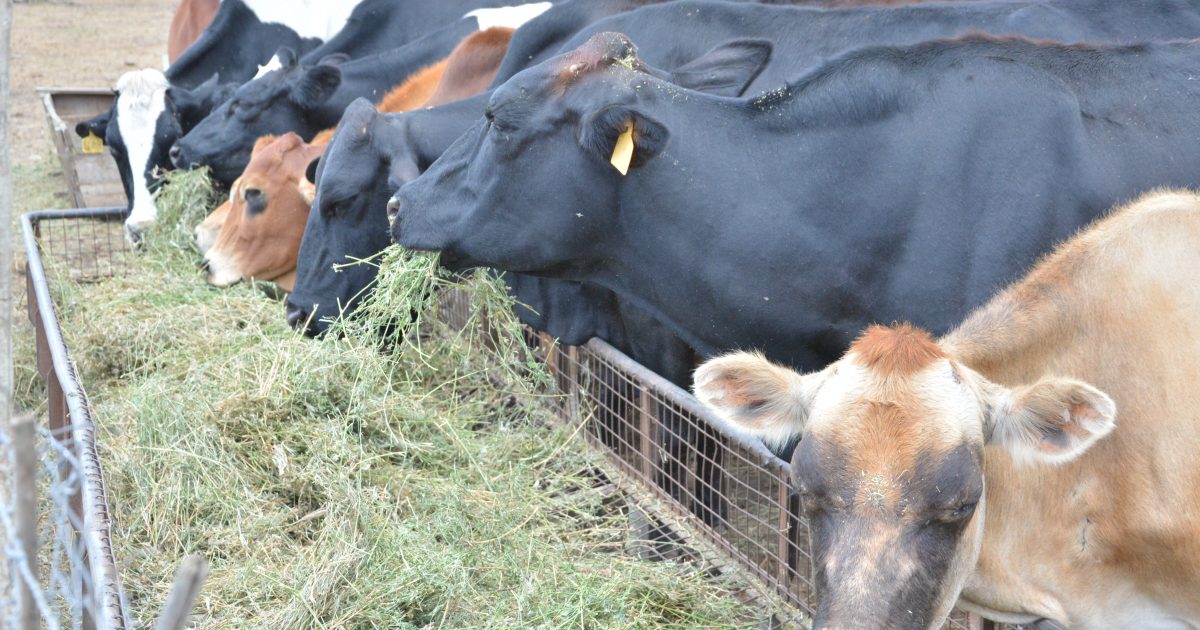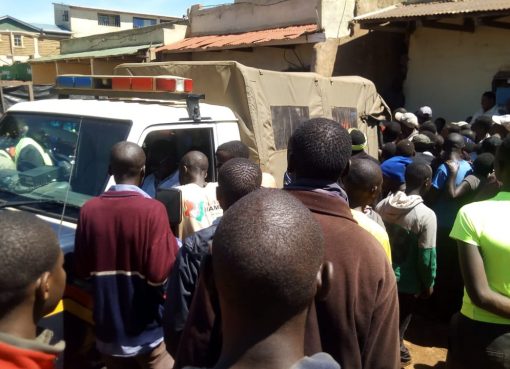The Kenyan government needs to marshal more than Sh460 billion within the next 10 years to implement the National Feed Strategy, which seeks to address a livestock feed deficit of 33 million metric tonnes every year.
The strategy aims to address the shortage through the promotion of 14 animal feed value chains that have energy-rich sources, proteins rich in adequate minerals, and vitamin concentrates.
This comes after it emerged that Kenya has lost 2.5 million livestock in the last two years following a prolonged drought that also led to starvation of animals for lack of quality feeds.
According to Stanley Mutua, the Head of Animal Feeds and Nutrition Services at the Ministry of Agriculture, Kenya requires 55 million metric tonnes of animal feed annually but produces 40 percent, leaving a huge supply gap of 33 million metric tonnes every year.
“The current animal feed deficit stands at 33 million metric tons and the government requires Sh460 billion in the next 10 years to address the shortage by implementing the National Feeds Strategy”, said Dr. Mutua.
Dr. Mutua said the government, in collaboration with other non-state actors, will support investments in five key value chains to address the gap, including pasture, sorghum, sunflower, cotton, and maize silage.
Speaking in Naivasha during the African Union-backed Resilience African Feed and Fodder Systems project, Dr. Mutua said the government has instituted technical, policy, and institutional interventions to support and upscale the production of feeds for livestock, which millions of Kenyans depend on for a living.
The head of the animal feed docket said the government’s national feed strategy will help to address animal feed and water shortages for livestock, feed quality, costs, and weak policies and strengthen feed data and information systems to inform better and timely interventions.
In addition, Dr. Mutua said the national government was already implementing various projects for fodder commercialization in the counties to help cushion farmers and other actors in the livestock value chain from adverse effects of climate change such as prolonged droughts and other global crises such as the ongoing Russia-Ukraine war.
On his part, Dr. Christopher Wanga, the Director of Livestock Policy Research and Regulations at the Agriculture Ministry, said animal feeds take up to 70 percent of all inputs required by farmers, with the high costs driving the use of low-quality feeds, leading to low productivity.
“Some 2.5 million livestock have died in the last two years as a result of drought and subsequent starvation as farmers lacked timely, cost-friendly, and quality animal feeds. This resulted in loss of livelihoods for millions of families,” said Dr. Wanga.
Dr. Wanga said the livestock sector contributes 50 percent to the total Agricultural Sector’s Gross Domestic Product (GDP) and there’s a need to undertake informed research and policy decisions to support the sector by addressing the current deficit of quality feeds.
The director said the government was working on a livestock masterplan to build resilience, strengthen research capacity and upscale viable and innovative approaches to cushion the sector from external shocks.
The masterplan also aims at ensuring production of quality livestock products such as meat, milk, and eggs that meet the nutritional demands of the citizens.
According to Food and Agriculture Organization (FAO), Kenya’s livestock sector accounted for 4.4 percent of the country’s Gross Domestic product, which is equivalent to Sh3.4 billion as of 2017 statistics.
As of 2017 data, the country’s animal population comprised 44.6 million poultry, 18.8 million cattle, 26.7 million goats, 18.9 million sheep, 3.2 million camels, 1.9 million donkeys, and 0.5 million pigs.
According to FAO, Kenya’s beef production stands at 588,000 metric tonnes and cow milk production at 4.1 billion litres per year, and the demand for livestock products is projected to increase exponentially driven by population growth by the year 2050.
The study titled Future of Livestock in Kenya 2019, shows that by the year 2050, meat and cow milk consumption will increase by 1.4 and 6.6 million metric tonnes annually, respectively.
According to David Maina from the Agriculture Ministry, the recent severe drought that swept across the region affected 23 million Kenyans, which was a huge jump from the 2010–2011 drought, where 13 million were affected.
Maina said the drought led to food shortages and nutrition deficiencies, particularly among children and expectant and breastfeeding mothers, as well as stunting and increased mortality, while calling for coordinated action to address the challenges.
The senior officer said the drought also caused increased inter-communal and inter-county conflicts due to the scramble and control of scarce key resources such as water and pasture, leading to further loss of social structures.
By Erastus Gichohi





